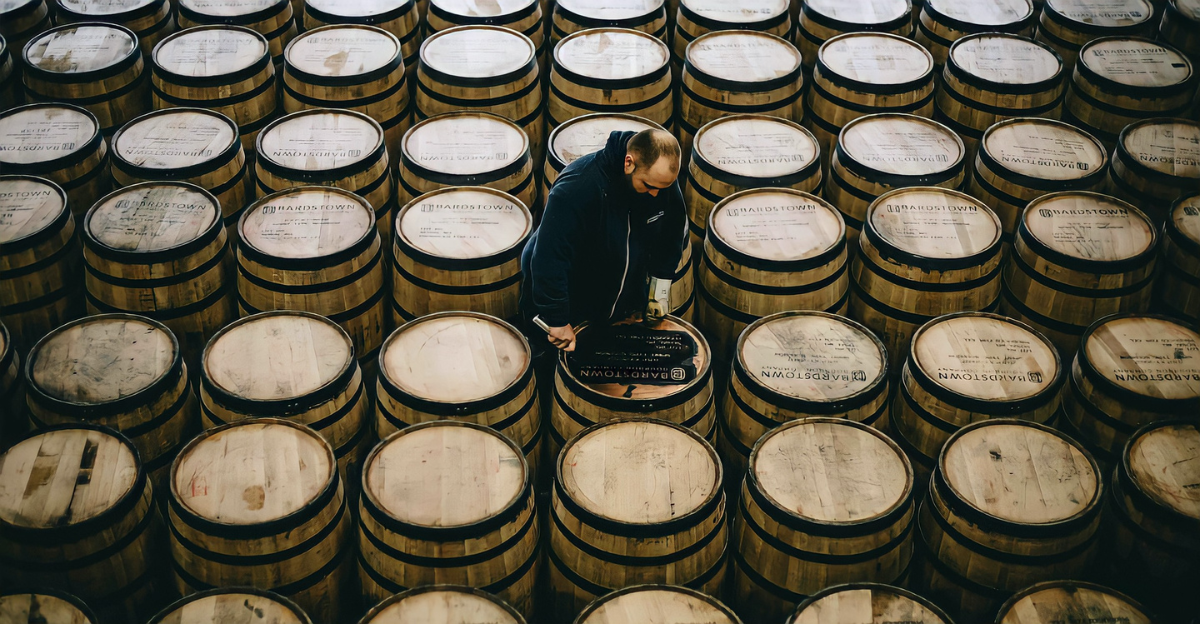
Once hailed as an unstoppable success story, the global whiskey industry is now reeling from a collapse few saw coming. In less than a year, 11 major distilleries across the U.S. and Ireland have shut their doors, casualties of tariffs, shifting drinking habits, and rising costs.
What began as a golden age for premium spirits has spiraled into a $2.1 billion crisis threatening jobs, communities, and centuries-old traditions.
Tariffs Turn Whiskey Into a Trade War Casualty
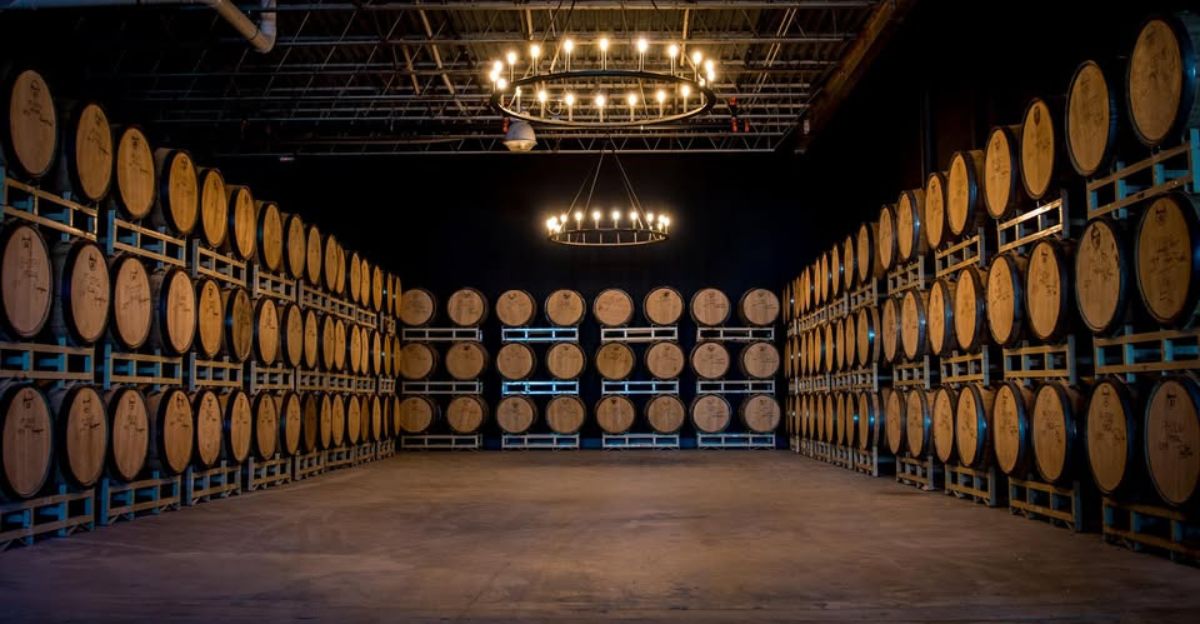
Ireland’s whiskey revival hit a wall when Trump’s 15% tariff on EU exports took effect. In July 2025, Killarney Brewing & Distilling, the country’s largest independent producer, liquidated, costing 50 jobs, The Irish Times reports.
Bord Bia data shows Irish whiskey exports plunged 14% to €875 million in 2023. USA Today warns of looming 50% EU retaliation tariffs on American bourbon. Centuries-old spirits traditions are now pawns in political disputes, erasing businesses that endured world wars. The roots of this crisis run deep.
How the Modern Whiskey Boom Began
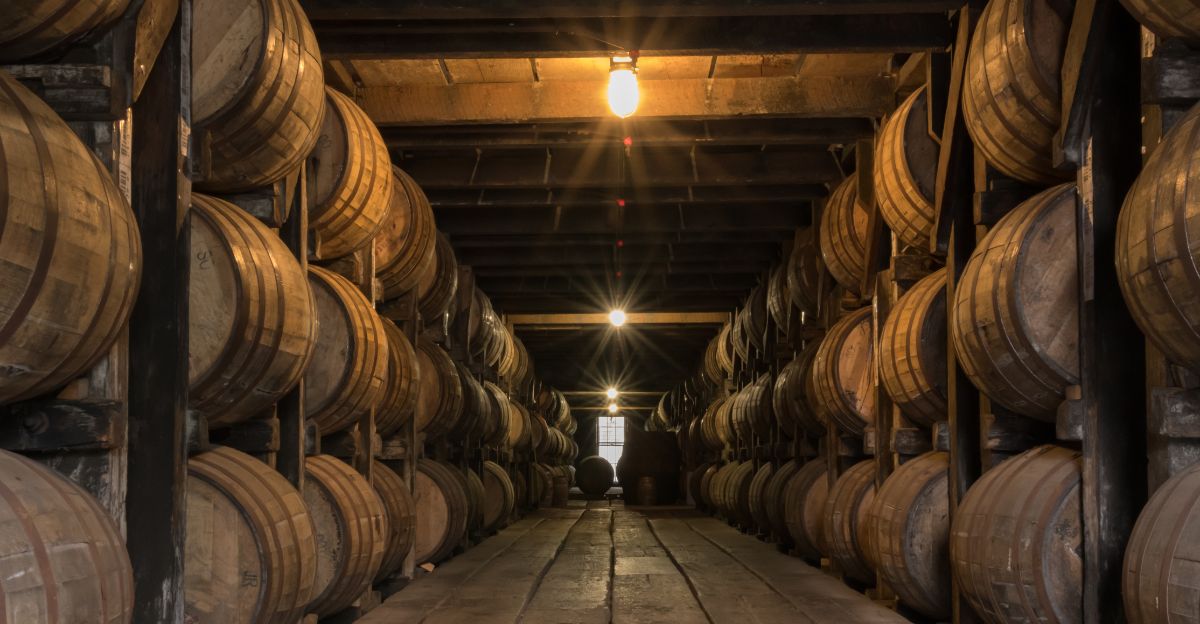
In the early 2000s, relaxed craft distilling laws and a renewed taste for premium spirits sparked a U.S. whiskey renaissance. Kentucky led the charge, with production soaring from modest post-Prohibition volumes to industrial scale, the Kentucky Distillers’ Association notes.
Distilleries that once filled hundreds of barrels a year soon filled millions. Entrepreneurs chased bourbon’s prestige, building large facilities and taking on heavy debt. That rapid expansion laid the groundwork for today’s vulnerability, when market conditions shifted, those investments turned into crushing financial burdens. The stage was set for trouble.
A Perfect Storm Hits the Industry

Several trends collided to create disaster. Gen Z’s preference for cannabis over alcohol, appetite-suppressing drugs like Ozempic, and post-pandemic stockpiles all hurt sales. The Distilled Spirits Council says U.S. whiskey sales dropped 1.8% in 2024 after already falling in 2023.
At the same time, rising interest rates made storing millions of aging barrels too costly. With pandemic aid gone, liquidity crises spread quickly, The Drinks Business reports. These pressures didn’t just strain producers—they pushed many to the breaking point, clearing the path for widespread closures.
Eleven Distilleries Down in Less Than a Year

Since November 2024, 11 major whiskey distilleries in Ireland and the U.S. have collapsed or halted production, industry analysis confirms. Bloomberg reports the losses include Ireland’s Killarney Brewing & Distilling and Waterford Whisky, plus Kentucky’s $250 million Garrard County Distilling.
Even craft favorites like Oregon’s Westward Whiskey and Montana Distillery couldn’t survive. Together, these closures mean over $400 million in debt and hundreds out of work. From big brands to small-batch makers, no one has been spared, and the full list tells the story.
#1. Killarney Brewing & Distilling Co. (Ireland)
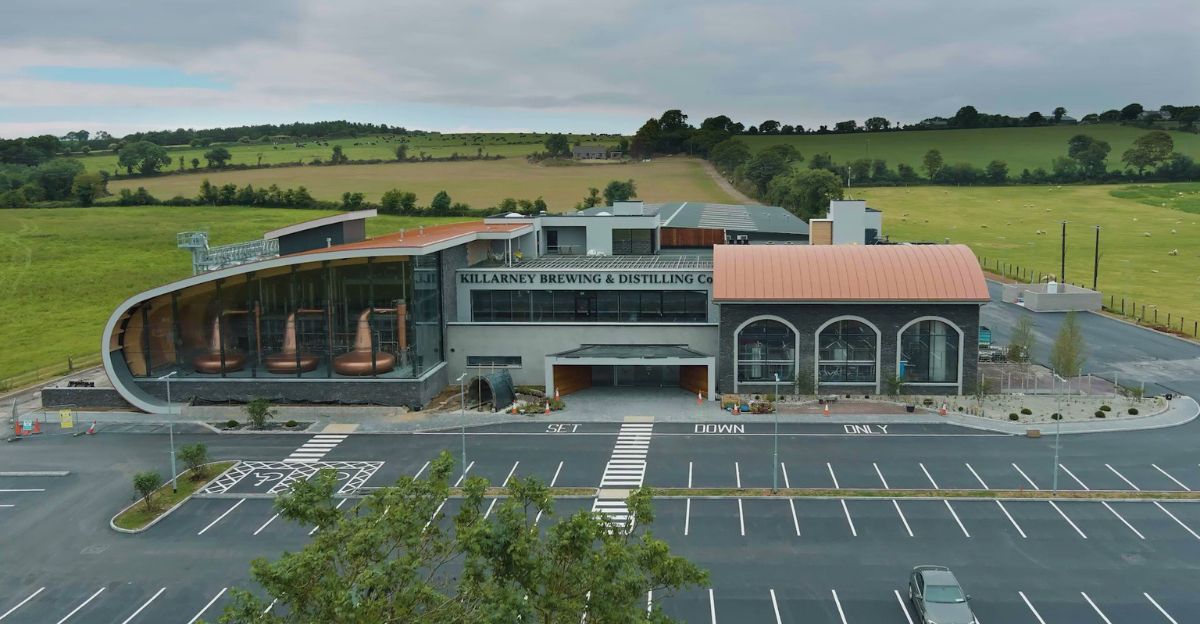
Once Ireland’s largest independently owned beer and whiskey producer, Killarney shut down in July, blaming U.S. tariffs on Irish whiskey and wider economic uncertainty. The closure cost around 50 jobs.
#2. Luca Mariano Distillery / LMD Holdings (Kentucky)
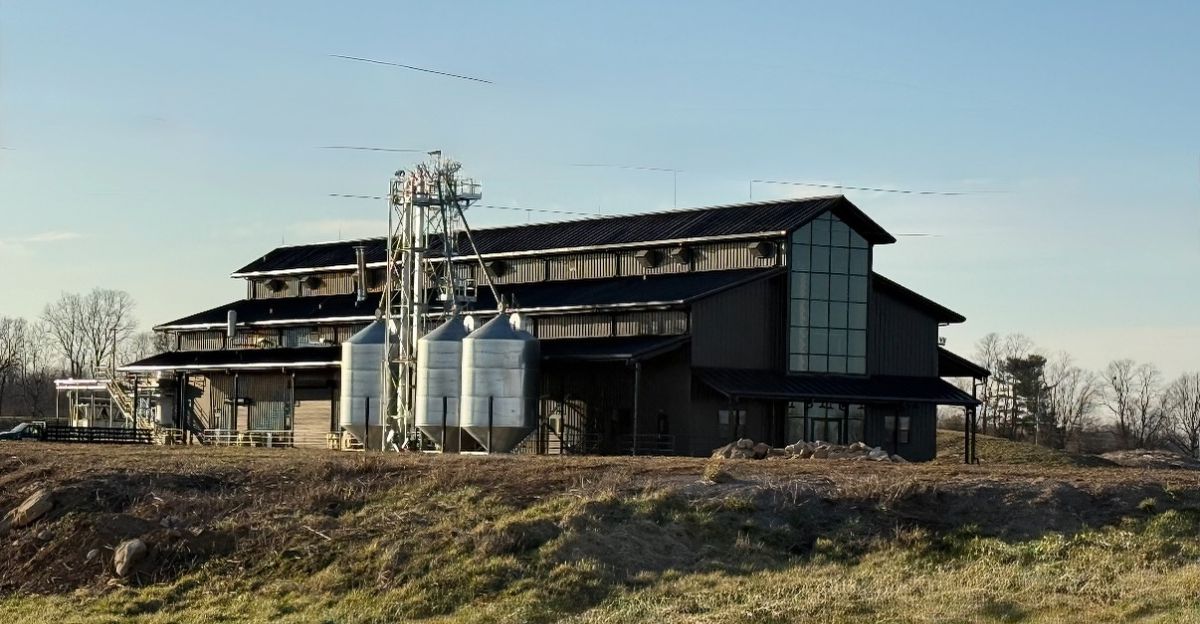
Danville’s Luca Mariano filed for Chapter 11 in July 2025, just a month after its grand opening. Court filings show over $25 million owed to its largest creditor.
#3. Garrard County Distilling (Kentucky)

This $250 million operation entered receivership in April after just one year in business. Truist Bank took control of assets as the company faced a $2.2 million contractor lawsuit.
#4. Westward Whiskey / House Spirits Distillery (Oregon)
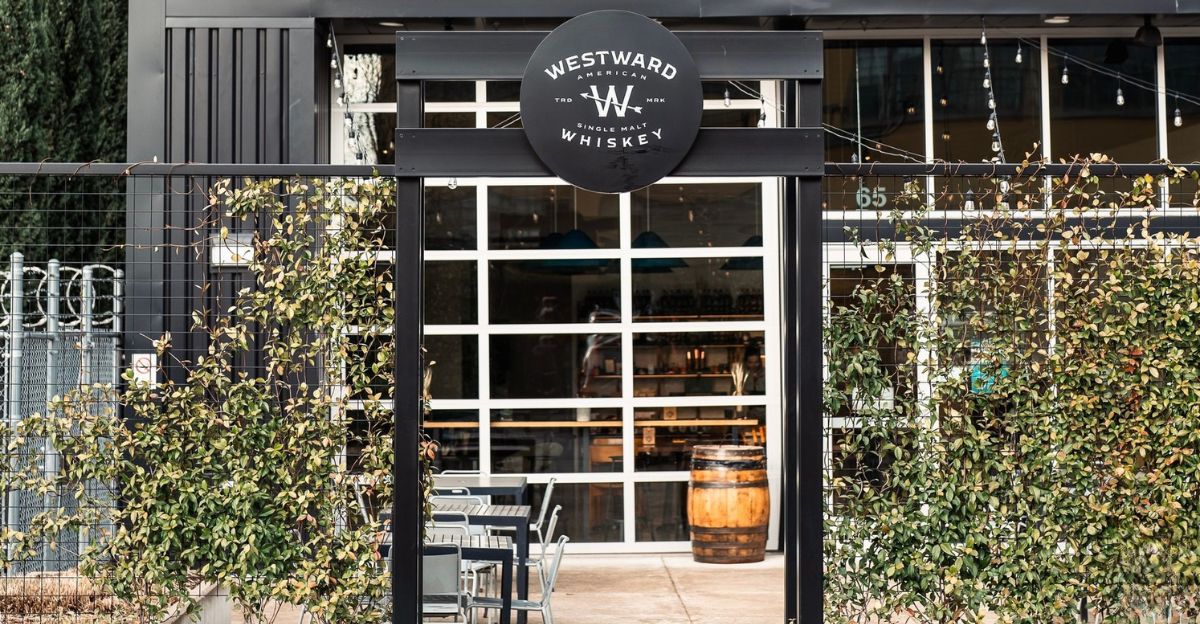
Chapter 11 came in April after “significant liquidity challenges” tied to shrinking demand, rising costs, and tariff strain. In 2024, the distillery lost $9.8 million on only $3.44 million in sales.
#5. Boston Harbor Distillery (Massachusetts)

Filed Chapter 11 on March 31, 2025, citing post-COVID downturn, shifting consumer habits, inflation, and high production costs. Listed assets of $500k–$1 million against $1–$10 million in liabilities.
#6. Montana Distillery (Montana)
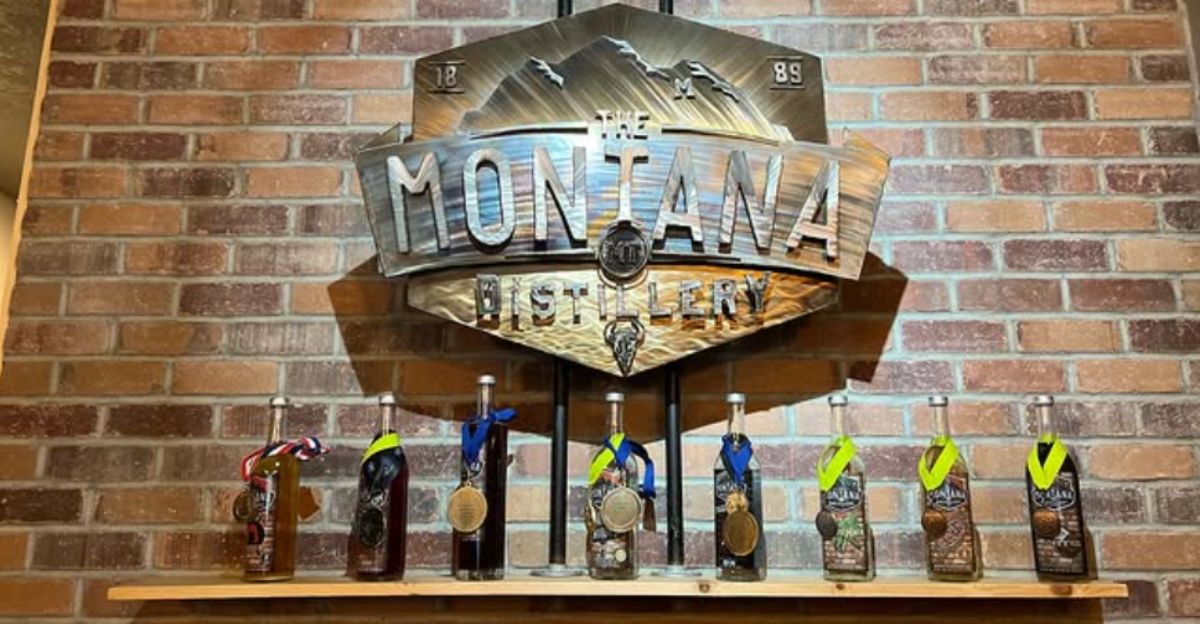
After more than a decade in business, this craft distillery filed Chapter 11 and closed permanently on March 15, 2025. Blamed equipment and supply issues alongside broader market pressures.
#7. Black Button Distilling (New York)

Closed in July this year after 13 years. Founder Jason Barrett pointed to “financial difficulties and a downturn in the alcohol market,” worsened by tariffs and trade conditions.
#8. Manatawny Still Works (Pennsylvania)
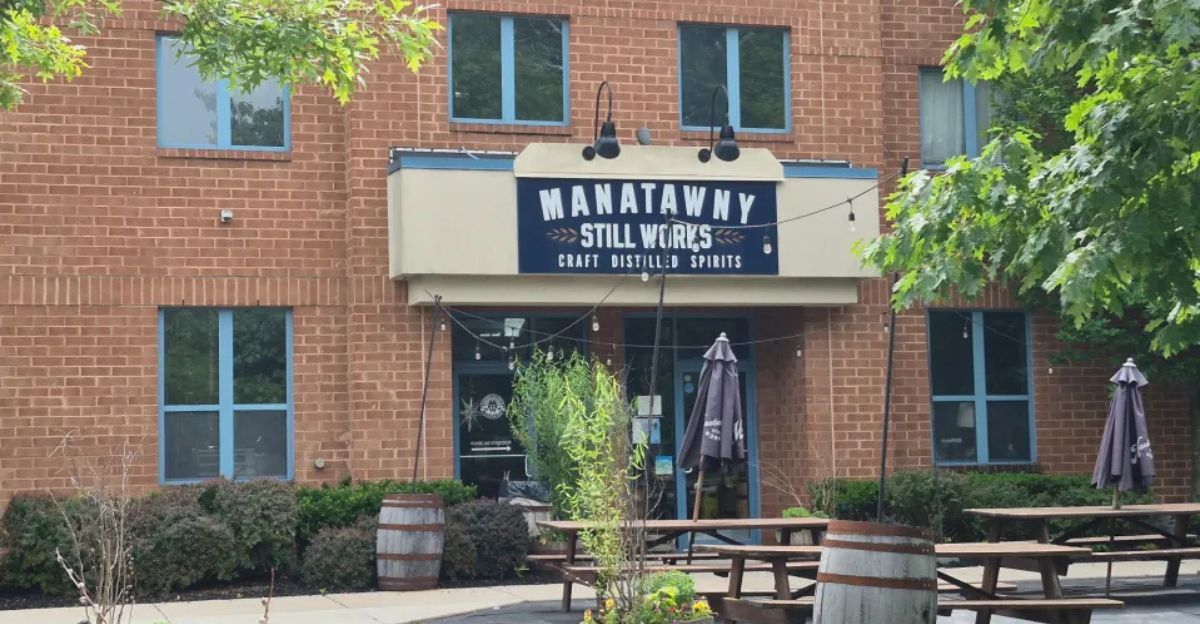
After 11 years, this Pennsylvania craft distillery abruptly shuttered all locations on June 29, becoming another casualty of the sector’s contraction.
#9. Devils River Whiskey (Texas)
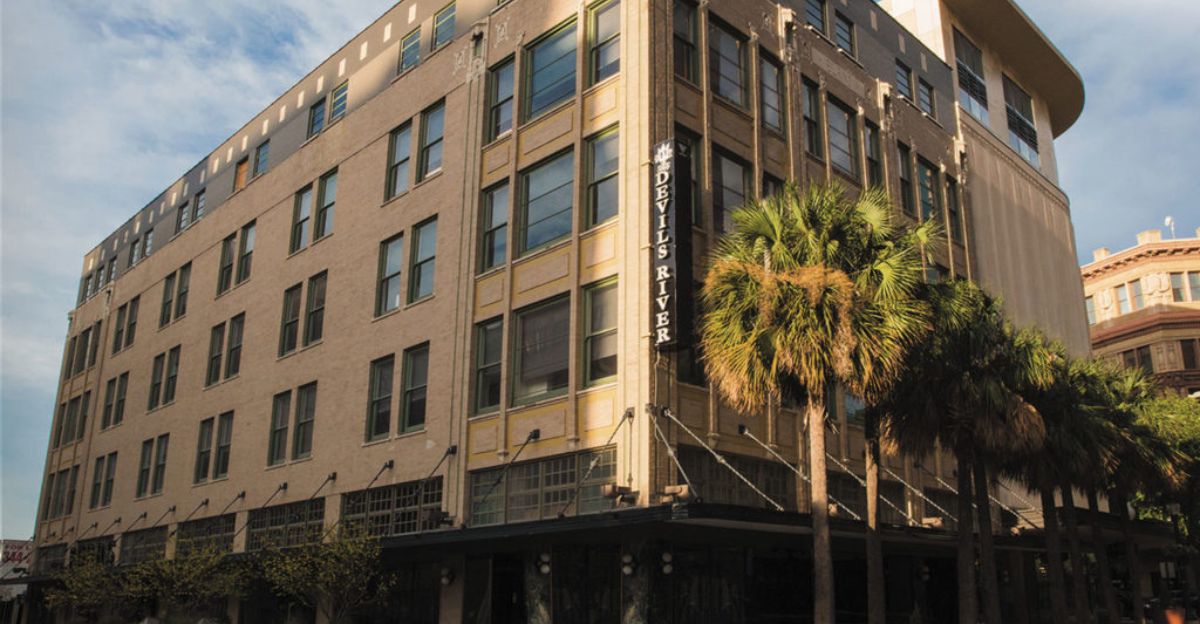
Filed for Chapter 11 in May. CEO Mike Cameron cited inflation, tariffs, and falling spirits sales as the key drivers of the collapse.
#10. Forge and Foundry Distillery (Minnesota)

Shut down permanently on January 18, 2025, after four and a half years. Gave no detailed reason, but acknowledged “difficult conditions” facing the industry.
#11. Dublin Liberties Distillery (Ireland)

Owned by Quintessential Brands, the Dublin Liberties halted production in May 2025 to “assess market conditions” amid mounting tariff pressure on EU exports.
Small Towns Lose More Than Jobs

In Kentucky’s bourbon belt, whole counties depend on whiskey production. Bardstown, the “Bourbon Capital,” is losing major employers and tourists as distilleries close, industry reports show. Across the Atlantic, Kerry faces similar pain after Killarney’s shutdown erased its largest independent producer.
These are places without economic backups. Grain farmers, barrel makers, truck drivers, and tourism operators all feel the impact. For rural communities built around the spirits trade, recovery could take years.
Behind the numbers are personal struggles that tell the full story.
Personal Losses Behind the Headlines

Francesco Viola, owner of Kentucky’s failed Luca Mariano Distillery, told the Lexington Herald-Leader he hopes to “maximize the value of the assets for all stakeholders” after filing $25 million bankruptcy, without producing a single bottle.
Shifting Market Forces Change the Game
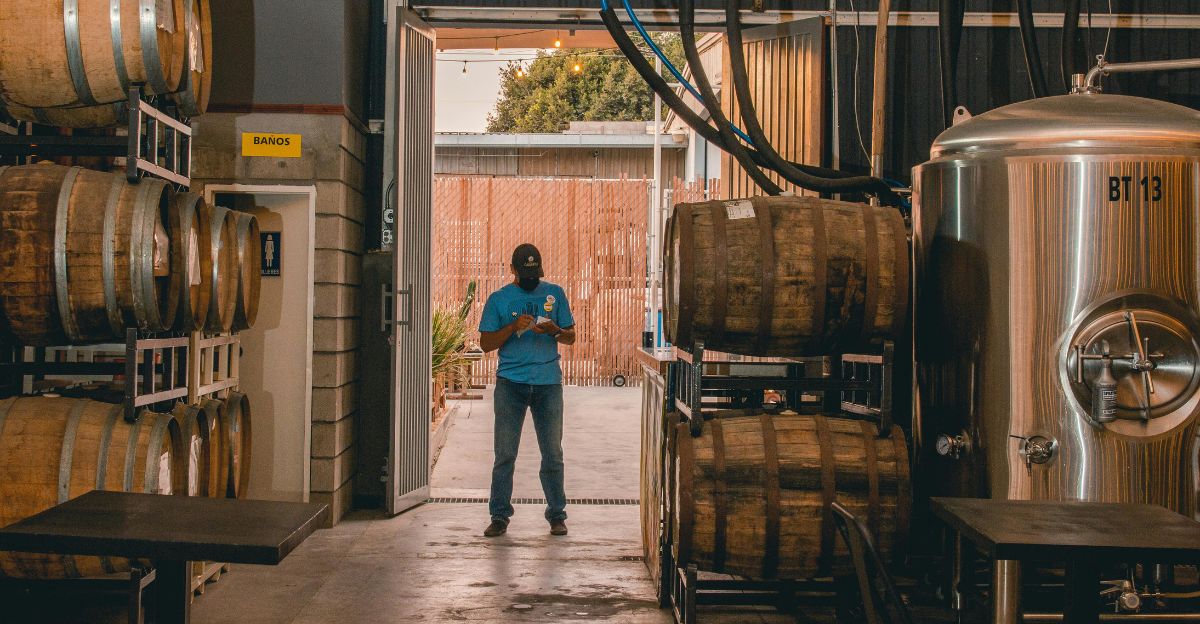
The U.S. spirits market was worth $37.7 billion in 2023, the Distilled Spirits Council says, but faces new headwinds. Health-focused consumers and legal cannabis compete for leisure spending, while appetite-suppressing drugs reduce alcohol use among wealthier drinkers.
GourmetPro notes rising costs for energy, glass, labor, and packaging are eroding margins. Premium pricing, once a safe bet, is harder to sustain. These changes suggest this isn’t just a dip in sales but a lasting transformation. And as demand shifts, the supply chain is feeling the strain.
Investors See Millions Vanish

Craft distillery backers are facing ruin. Bankruptcy filings show Cheers Investment LLC, Boston Harbor Distillery’s largest creditor, is owed over $1 million in unpaid funds. Garrard County Distilling lasted just 14 months before collapsing under heavy debt.
Private equity groups that bankrolled expansion now want assets liquidated. Bloomberg reports distillers are being forced to sell prized whiskey stocks at bargain prices. These investor clashes pile extra pressure on companies already struggling to stay afloat, making survival even harder in an unforgiving market.
Why the Whiskey World May Never Be the Same
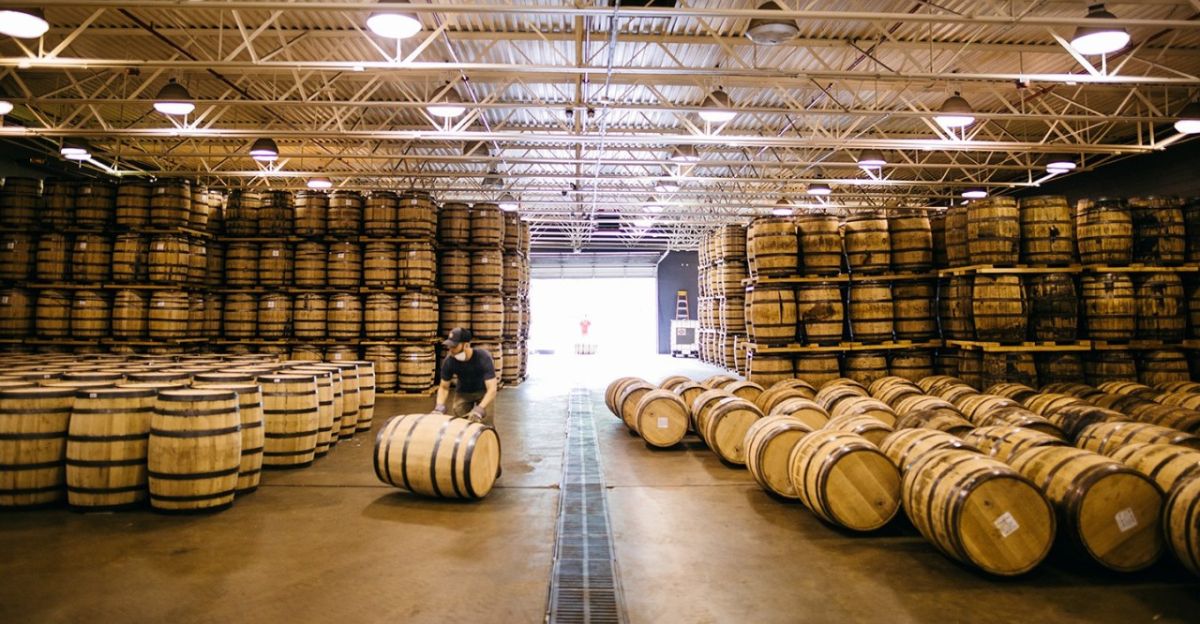
The closures of these once-thriving distilleries reveal more than just a downturn, they mark a fundamental shift in how whiskey is made, sold, and consumed. With tariffs squeezing exports, health trends reshaping demand, and investors fleeing the sector, recovery won’t come easily.
For the small towns and skilled workers who built this industry, the fallout is personal, and the road back may be long and uncertain.